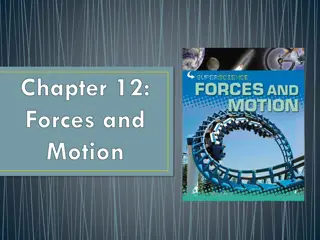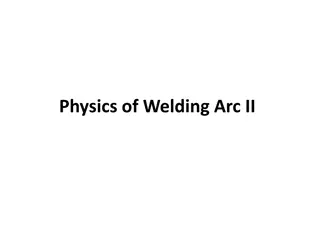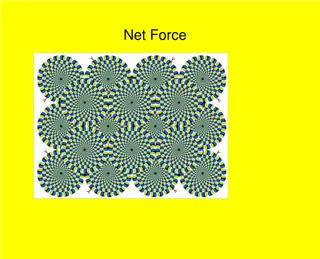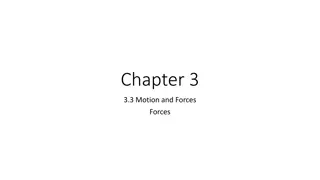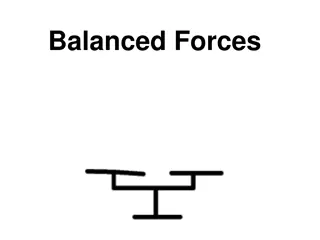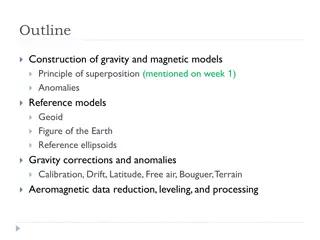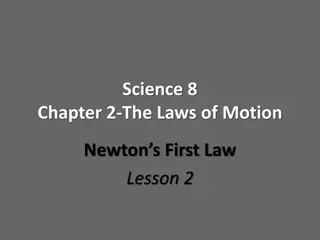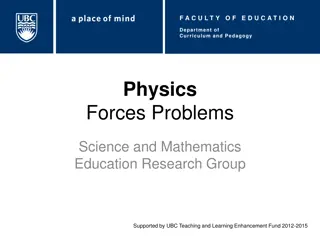Understanding Gravity and Balanced/Unbalanced Forces in Physics
Explore the fundamental concepts of gravity and balanced/unbalanced forces in physics. Gravity is the force that pulls objects toward each other, acting universally. Balanced forces maintain object stability, while unbalanced forces can cause motion changes based on direction, strength, and mass. Discover the intricate relationships between these forces through real-world examples and engaging videos.
Download Presentation

Please find below an Image/Link to download the presentation.
The content on the website is provided AS IS for your information and personal use only. It may not be sold, licensed, or shared on other websites without obtaining consent from the author. Download presentation by click this link. If you encounter any issues during the download, it is possible that the publisher has removed the file from their server.
E N D
Presentation Transcript
Gravity Balanced and Unbalanced Forces & Gravity
Notes Write down the words in yellow. The words in white are discussion points, you may write these down, but are not required.
Gravity Gravity is a force that pulls objects toward each other. Gravity attracts objects toward each other even if the objects do not touch.
Gravity You probably think of gravity as a force pulling objects toward the ground. But this force acts everywhere in the universe not just on Earth. Gravity pulls ALL objects in the universe toward each other.
Balanced and Unbalanced Forces Remember that a force is a push or pull on an object. Balanced forces are forces that cause an object to remain in place. A bench on the street could represent a balanced force. The force of gravity pulling the bench down is balanced by the force of the street pushing the bench up.
Balanced and Unbalanced Forces Unbalanced forces can cause an object to start moving, stop moving, or change direction. Unbalanced forces change the motion of objects. The change in motion depends on three main factors: direction of force applied, strength of the force, and mass of the object.
Balanced and Unbalanced Forces Picture a hammer striking down on a nail. The hammer striking the nail represents unbalanced forces. The hammer strikes the nail with a strong downward force. The downward force of the hammer is greater than the force of the wood pushing up on the nail. Thus, the nail moves into the block of wood.
Watch the following videos: Forces (Brain Pop) https://www.brainpop.com/science/energy/forces/ Gravity and Inertia (Study Jams) http://studyjams.scholastic.com/studyjams/jams/sci ence/forces-and-motion/fgravity-and-inertia.htm Newton s Third Law: Action and Reaction (Study Jams) http://studyjams.scholastic.com/studyjams/jams/sci ence/forces-and-motion/action-and-reaction.htm
Exit Ticket 1) What is gravity? 2) What is the relationship between balanced and unbalanced forces and the motion of an object?



